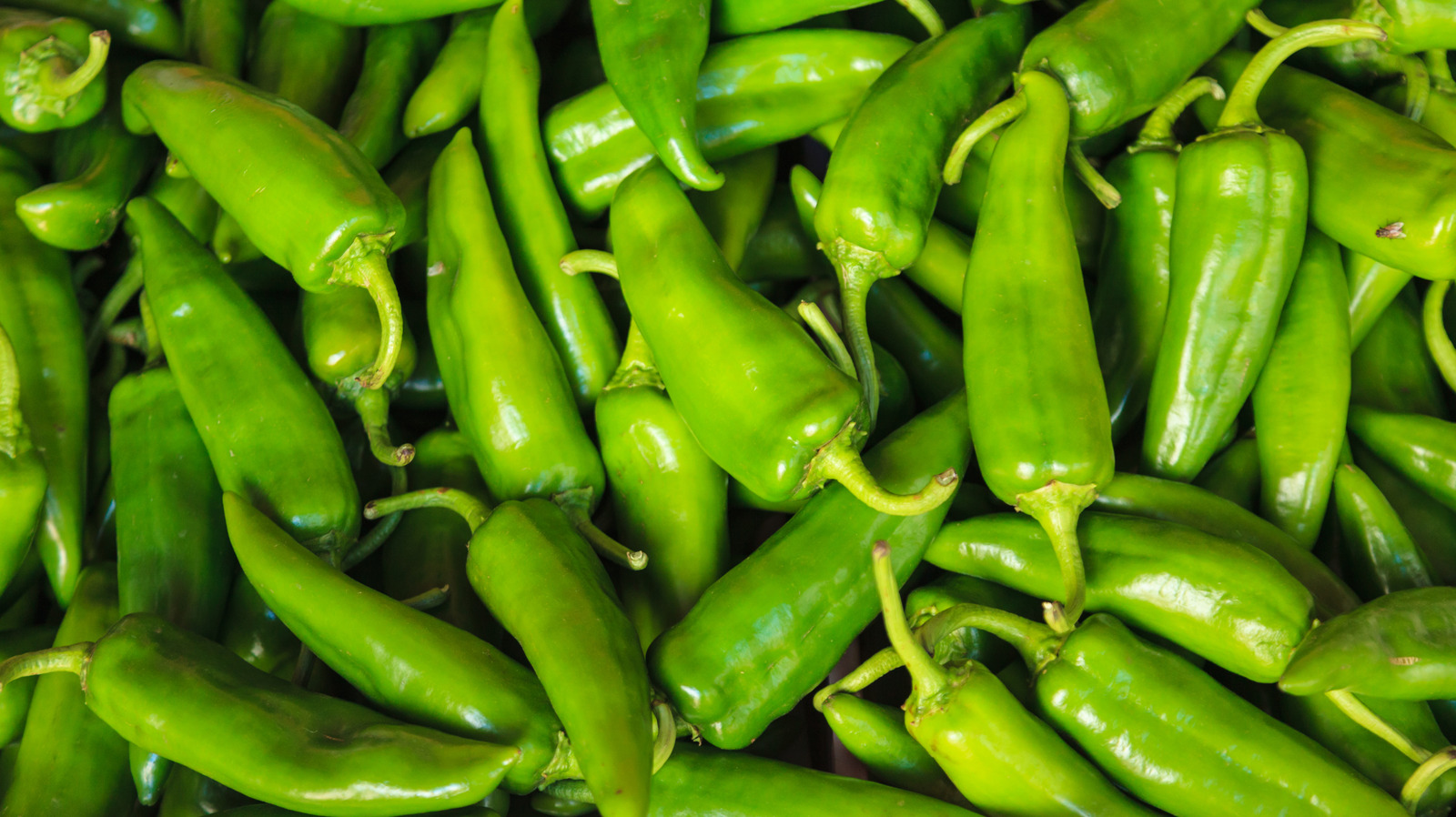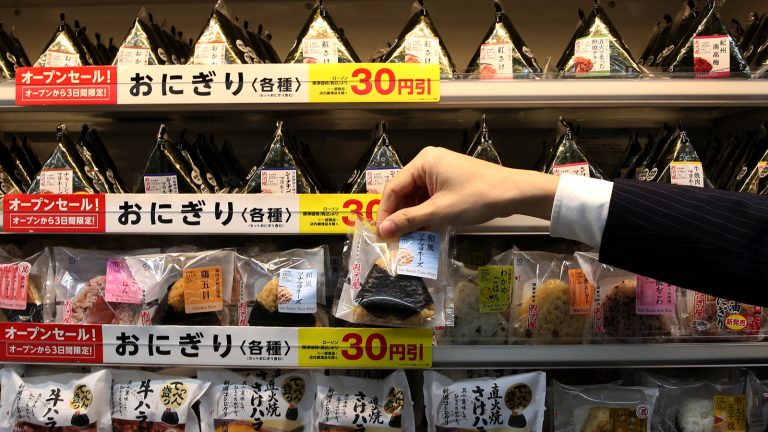Hot pepper fans, this one’s for you. Today, we’re exploring two proud regional crops — New Mexico Hatch chiles and Colorado Pueblo peppers — to find out what makes them unique. Both peppers belong to the same plant family, Capsicum annuum, but the idiosyncratic growing conditions of their respective home states yield chile peppers with totally distinct profiles and cultural identities. Indeed, these proud regional crops have inspired much “heated” debate (pun intended). In 2019, New Mexico governor Michelle Lujan Grisham took to her X account to jeer, “There’s a reason they call New Mexico the chile capital of the world — no one does it better. Eat your heart out, Colorado!” So, what’s the difference?
The main distinguishing factors between these two emerald jewels of Southwestern agriculture are their spiciness and flavor. Hatch chiles may be more widely known, but roughly 500 miles north of the Hatch Valley and 100 miles south of Denver, Pueblo, Colorado, grows another, hotter type of pepper. Colorado Pueblo chiles clock in between 5,000 and 20,000 Scoville Heat Units on the famed Scoville scale. This is far spicier than Hatch chiles, which generally lie between 500 and 3,000 SHU (only a third as hot as a jalapeño pepper). Smoky, earthy, and rich, Hatch chiles are more about their distinctive taste than their heat. Whichever you prefer, both types of fresh chile peppers are fire-roasted by farmers and sold by the pound post-harvest — so feel free to dig in.
What are New Mexico chile peppers?
Standard New Mexico Hatch chiles are long, green, and curved. They pack a mild to medium heat, offering substantial spice but still being accessible. Hatch variants can vary widely in intensity, with Big Jims and Anaheims being milder and Lumbres and Sandias offering spicier flavors. Although, more than spiciness, Hatch chiles are known and prized for their smoky, robust, deep flavor.
The first chile pepper plants grown in North America were cultivated in Santa Fe sometime around 1600. By the early 1900s, these original plants were engineered by plant scientists to produce the Hatch chile. In fact, this famed, longstanding New Mexican crop is named after the eponymous town of Hatch. In celebration, the town puts on an annual Labor Day weekend event, the Hatch Chile Festival, that attracts somewhere around 30,000 pepper fans (impressive for a town of fewer than 2,000 residents).
In the fertile soil along the Rio Grande River, Hatch peppers are harvested from August through September. This limited window is why Hatch chiles are most commonly found frozen or canned rather than served fresh. Speaking of serving, Hatch chiles are incorporated into soups, stews, dips, and stuffed peppers. Hatch chiles are a staple ingredient of Tex-Mex dishes and are widely available in New Mexico’s culinary scene. In the Land of Enchantment, the question “Red or green?” is a colloquial commonplace that refers to the color of a diner’s preferred Hatch sauce puree. Those left on the vine for longer turn brighter red and become sweeter than their pungent green counterparts.
What are Colorado chile peppers?
Pueblo peppers grow exclusively in Colorado. Compared to Hatch chiles, Pueblo peppers are meatier and slightly larger in size. That thickness makes Pueblo chiles a prime candidate for roasting, better able to withstand high temperatures. Pueblo peppers are also substantially spicier than Hatch chiles and feature a more vegetal pepper flavor. This produces a bold heat, but the chile is still quite mild in taste compared to the Hatch pepper’s distinct smokiness.
Pueblo, Colorado, is home to the annual Chile & Frijoles Festival, held every September around harvest time. The festival draws a crowd of about 150,000, far outnumbering the anticipated annual turnout of the less popular (but still fiercely beloved) Hatch Chile Festival. Nevertheless, according to The Denver Post, New Mexico produces 95% more Hatch chiles than Colorado produces Pueblo chiles. Because of this, the Pueblo Chile Growers Association was formed in 2015 to promote regional Pueblo chiles, helping even the competition with more-available Hatch peppers.
In Colorado, Pueblo peppers are often enjoyed on sandwich buns with Italian sausage or used to make a bold dip called “green chile,” which comprises Pueblo peppers, pork, onion, garlic, oil, flour, chicken broth, tomato, and salt. The Pueblo Slopper (a comfort food classic created during the 1950s) is an open-faced burger loaded with the green chile dip, melted cheese, and fries. Pueblo peppers are even incorporated into Colorado breakfast burritos, the most iconic breakfast dish in the state, yielding a sharply spicy bite.







